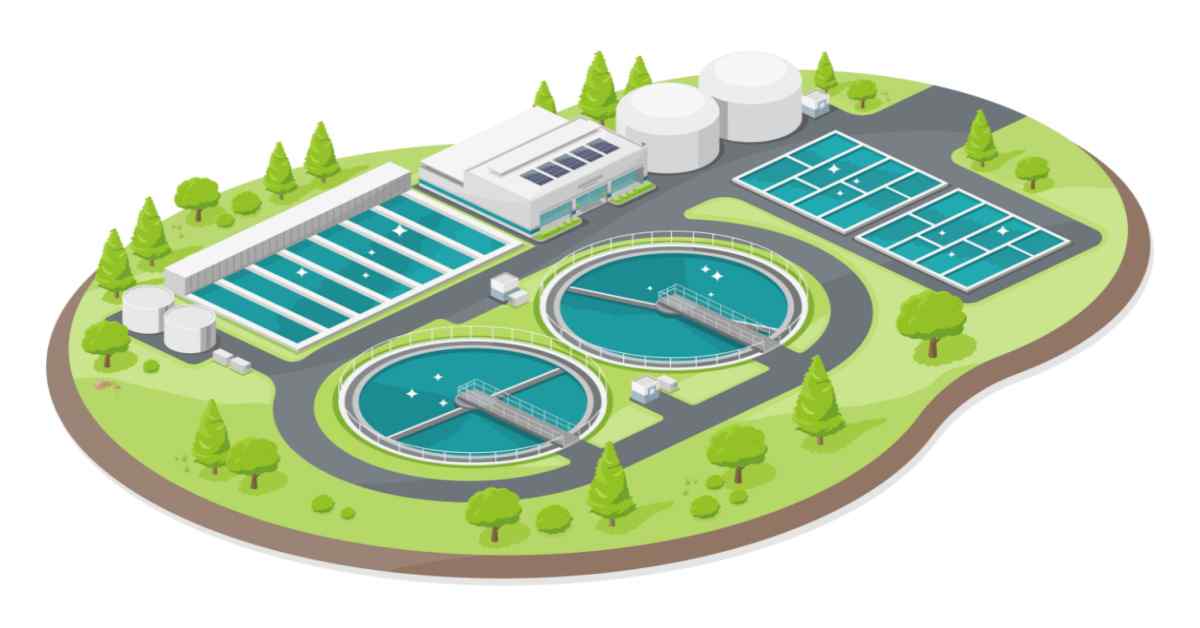Understanding Wastewater Treatment Processes and Their Environmental Influence
The ins and outs of wastewater treatment processes play a crucial duty in mitigating environmental obstacles linked with water contamination. Each phase, from initial to advanced treatments, is designed to deal with certain pollutants, inevitably securing both public health and aquatic environments.
Introduction of Wastewater Treatment
Exactly how is wastewater transformed right into a safe source for the atmosphere? Wastewater treatment is a crucial procedure made to remove impurities from utilized water, thereby protecting public health and wellness and safeguarding communities. This process begins with the collection of wastewater from domestic, industrial, and business sources, which is then guided to treatment centers.
At these centers, numerous physical, chemical, and organic methods are utilized to treat the wastewater. Ultimately, biological therapies, such as activated sludge procedures, make use of microorganisms to damage down organic matter.
The dealt with effluent can be safely released into natural water bodies or recycled for irrigation and industrial functions, promoting source conservation. Additionally, the treatment procedure creates biosolids, which can be repurposed as plant foods or dirt changes, additionally boosting sustainability.
Phases of Therapy Procedures
The wastewater treatment process typically contains 3 key stages: preliminary, primary, and additional therapy. Each phase offers a distinctive role in decreasing the pollutant lots and guaranteeing the effluent fulfills ecological requirements before discharge.

The key treatment stage concentrates on the physical splitting up of suspended solids from the wastewater. Through sedimentation, larger particles resolve at the bottom of sedimentation tanks, forming sludge, while lighter products, such as oils and greases, float to the surface area and are skimmed. This procedure substantially lowers the natural and inorganic tons in the wastewater.
Secondary treatment is an organic process targeted at additional minimizing the focus of natural matter. Different approaches, including activated sludge systems and flowing filters, make use of bacteria to metabolize natural pollutants. This stage is essential for accomplishing the needed biochemical oxygen need (BOD) reduction, ultimately bring about cleaner effluent all set for discharge or additional treatment. Each phase is critical in safeguarding environmental and public health.
Advanced Therapy Technologies
Following the second therapy procedures, progressed treatment modern technologies play an essential function in further boosting the top quality of treated wastewater. These modern technologies are developed to remove recurring impurities that are not effectively removed during main and additional therapies, ensuring the effluent meets strict regulatory requirements.
Among the commonly made use of innovative treatment techniques are membrane layer purification, reverse osmosis, and progressed oxidation procedures. Membrane purification, consisting of microfiltration and ultrafiltration, works in separating visit the site great particles, pathogens, and colloids from the water (Wastewater). Reverse osmosis makes use discover this info here of semi-permeable membranes to eliminate dissolved solids, resulting in high-grade water suitable for different applications
Advanced oxidation processes (AOPs) employ solid oxidants to degrade organic toxins, consisting of drugs and individual treatment products that are immune to traditional treatment. These methods improve the biodegradability of complicated substances, promoting their elimination.
One more considerable technology is making use of organic nutrient elimination procedures, which specifically target nitrogen and phosphorus, protecting against eutrophication in receiving water bodies. Generally, sophisticated treatment modern technologies are necessary for attaining greater degrees of filtration, advertising water reuse, and protecting public health while attending to the challenges related to wastewater management.
Environmental Benefits of Treatment
Numerous ecological advantages develop from efficient wastewater therapy processes that add to ecosystem health and sustainability. Mostly, these processes dramatically lower the launch of damaging pollutants right into all-natural water bodies, which aids keep marine environments. By eliminating pollutants such as hefty metals, nutrients, and microorganisms, dealt with wastewater reduces the risk of waterborne conditions and promotes biodiversity in aquatic atmospheres.
Moreover, wastewater treatment centers commonly employ sophisticated innovations that make it possible for water recycling and reuse. This practice not only saves fresh water resources yet likewise reduces the need on natural water supplies. Enhanced nutrient elimination from wastewater can likewise prevent eutrophication, a procedure that causes algal flowers and succeeding oxygen deficiency in marine systems.
Additionally, effective therapy procedures can decrease greenhouse gas exhausts, particularly methane and laughing gas, which are usually launched during unattended wastewater decomposition. By catching and using biogas from anaerobic digesters, centers can transform waste into sustainable power, thereby adding to a decrease in fossil fuel dependency.
Difficulties and Future Patterns
While the ecological benefits of wastewater treatment are clear, a number of difficulties continue that hinder optimal outcomes in this area. One major problem is aging framework, which commonly causes inefficiencies and boosted functional costs - Wastewater. Several treatment plants were created Read Full Article years back, and their capacities do not align with modern demands, that include stricter regulatory standards and higher quantities of wastewater due to urbanization

Looking ahead, there is a growing focus on resource healing and circular economic climate concepts within wastewater therapy. Advancements such as anaerobic digestion, which can generate biogas, and progressed filtering innovations are gaining grip. These approaches not just enhance therapy efficiency yet also promote sustainability.
Eventually, dealing with these obstacles calls for collaboration among stakeholders, financial investment in technology, and a commitment to ongoing research study. By welcoming these trends, the wastewater treatment industry can evolve to meet the needs of a changing environment and society.
Conclusion
In final thought, wastewater therapy processes play an essential duty in boosting ecological top quality and public wellness. The multi-stage therapy structure, paired with advanced modern technologies, effectively mitigates air pollution and advertises lasting water management.